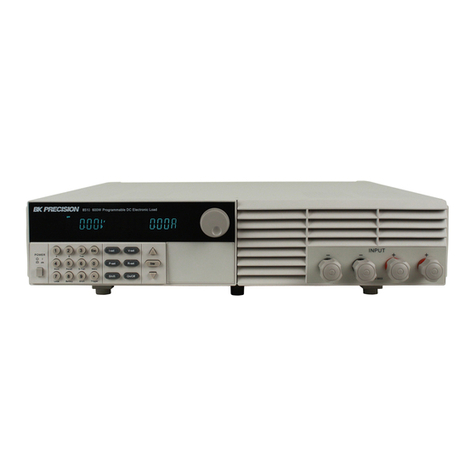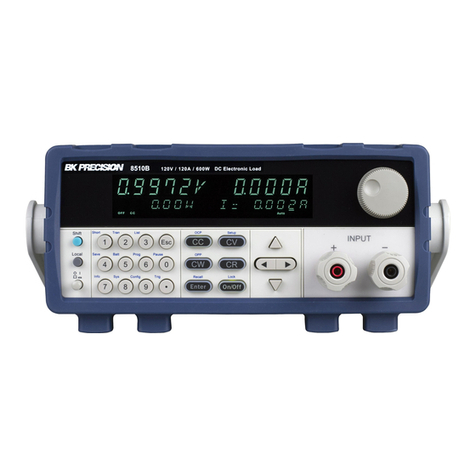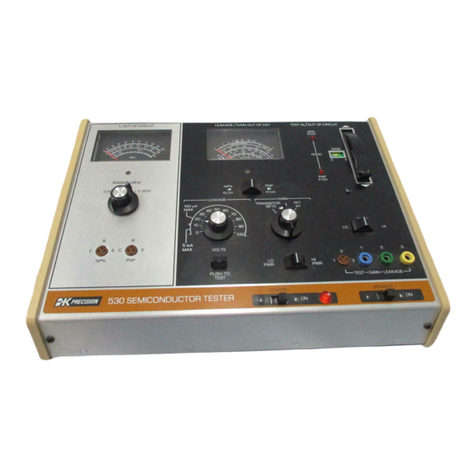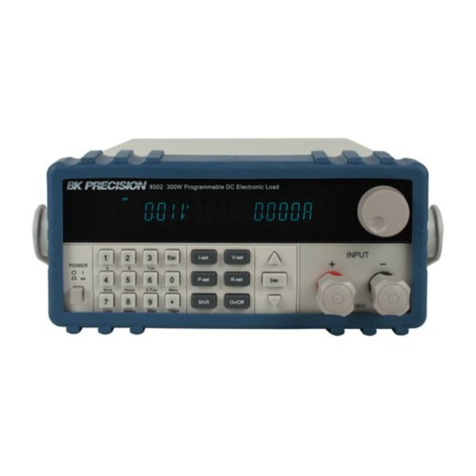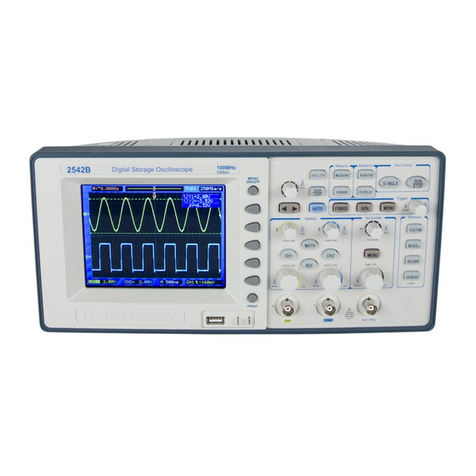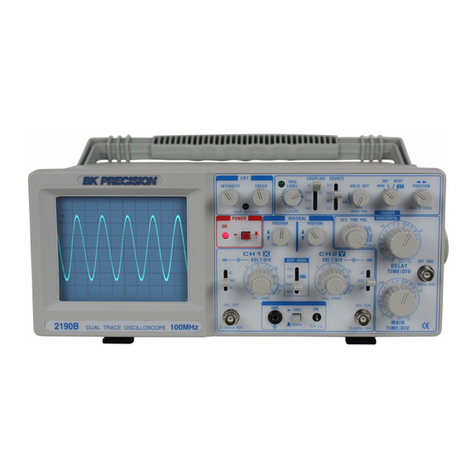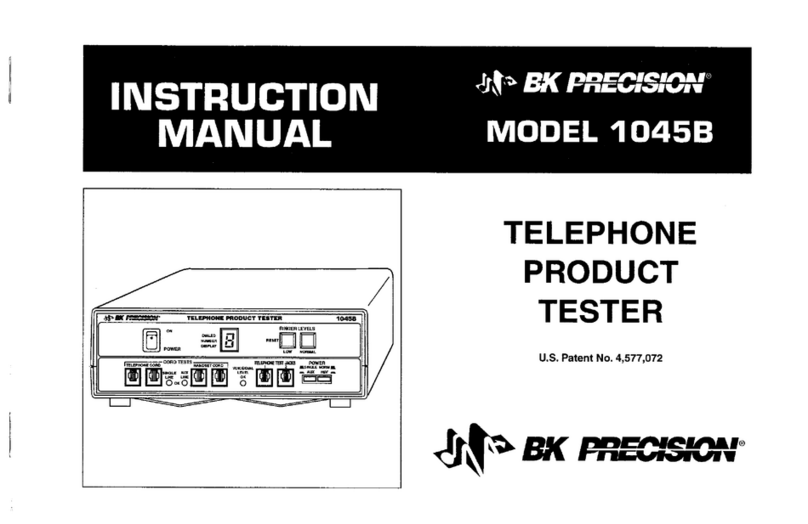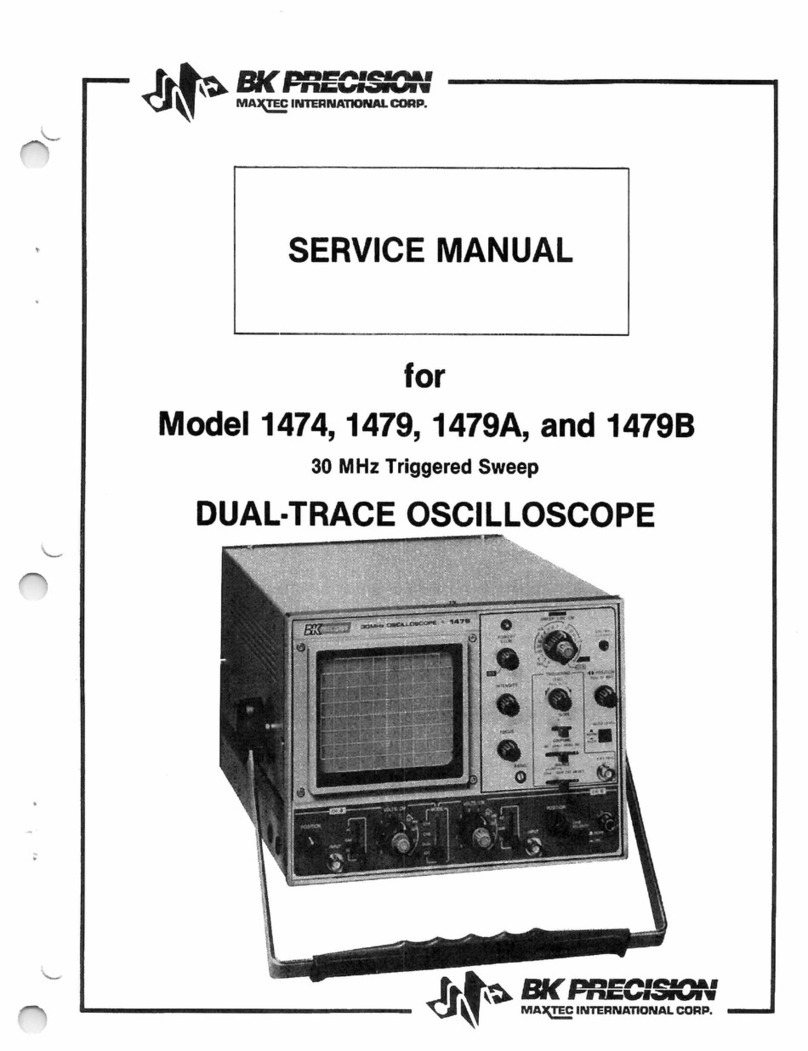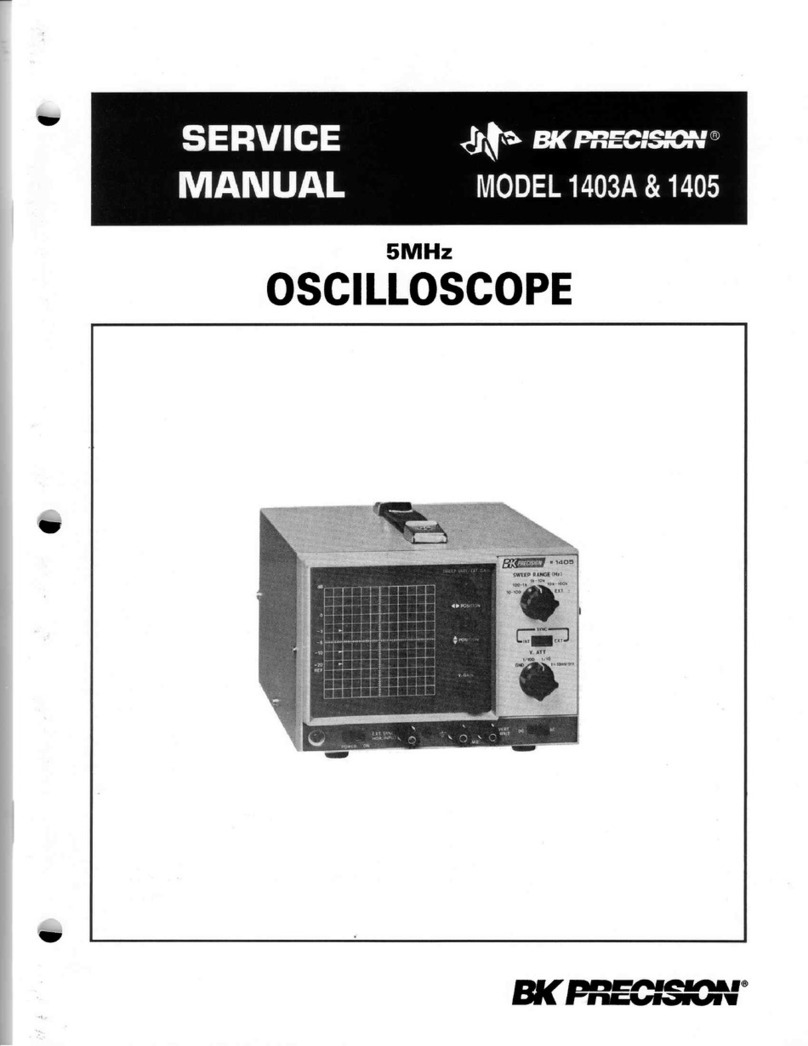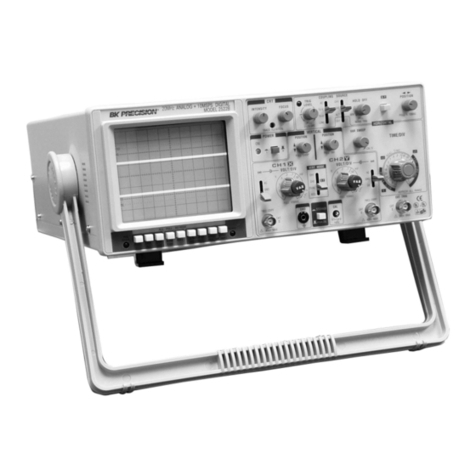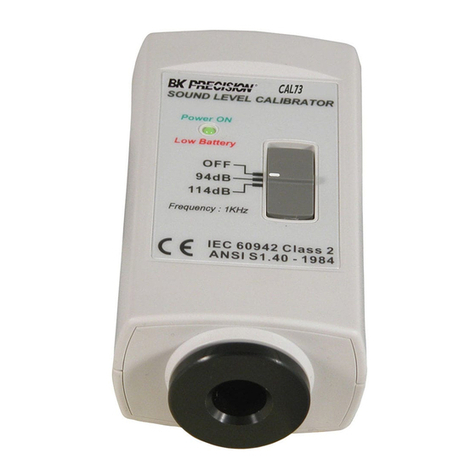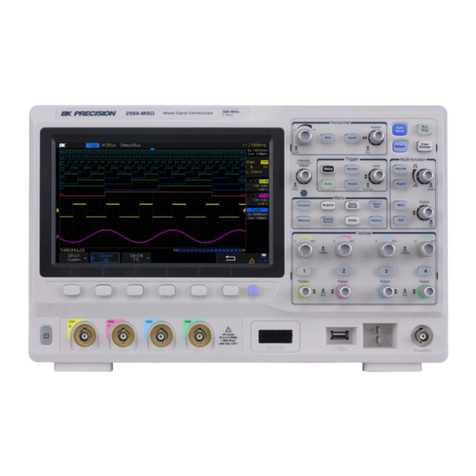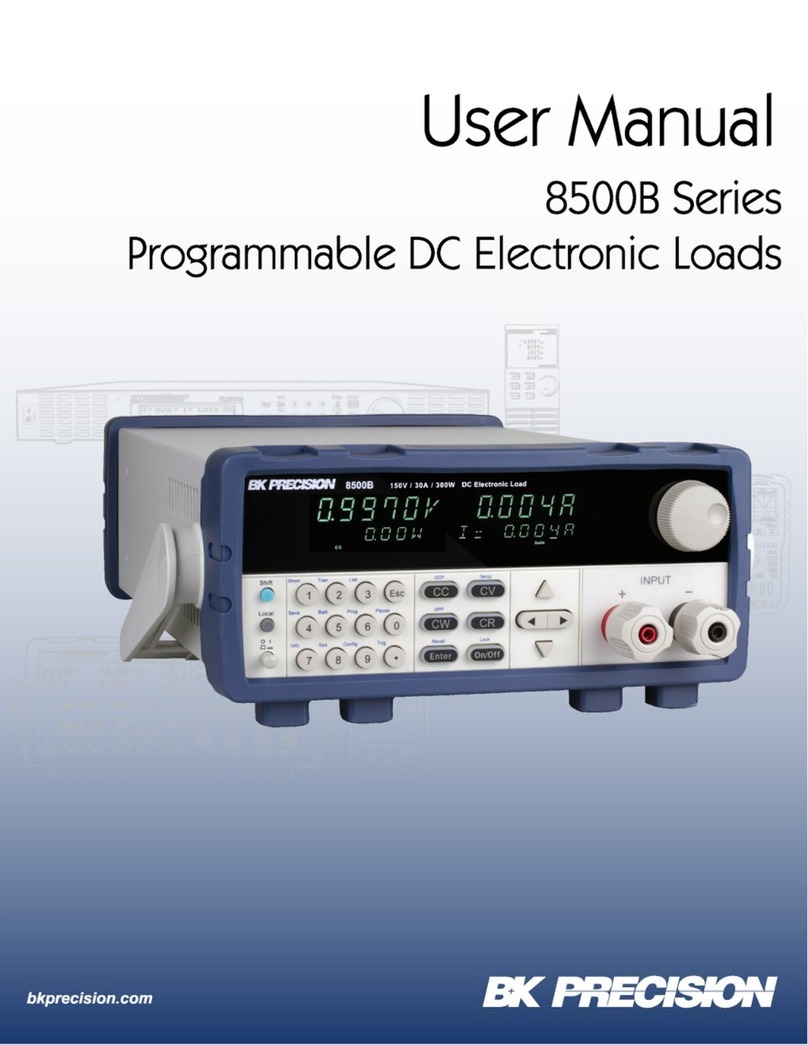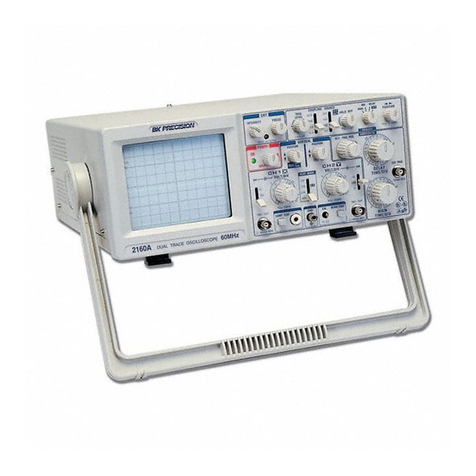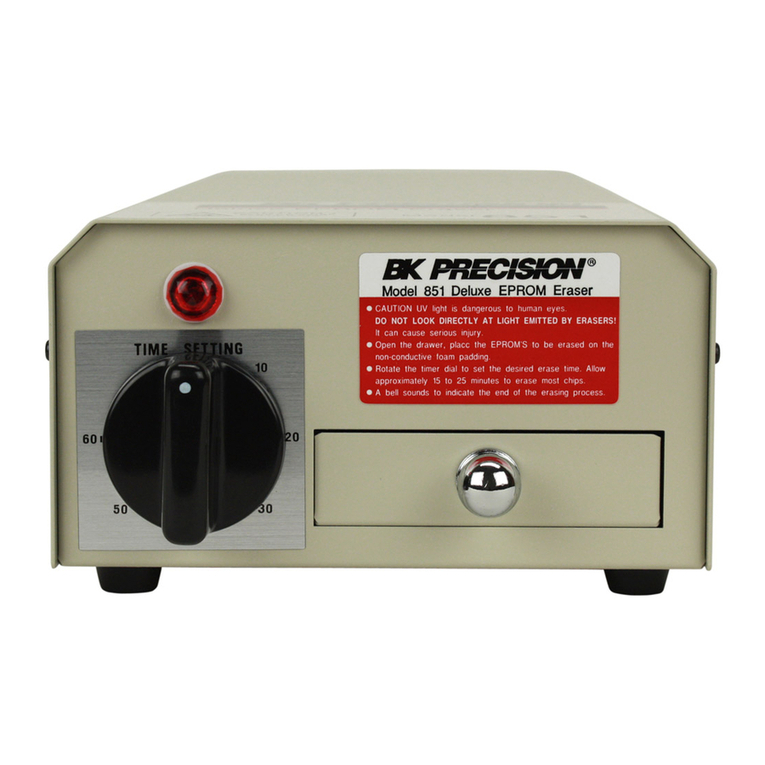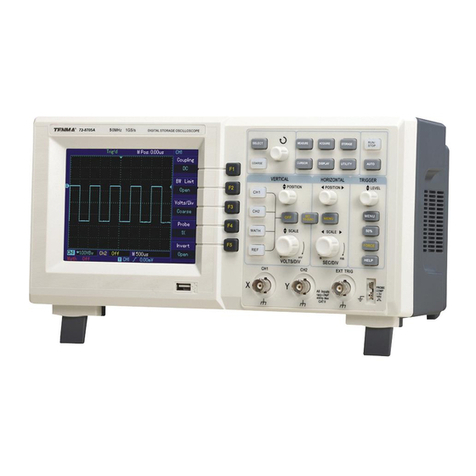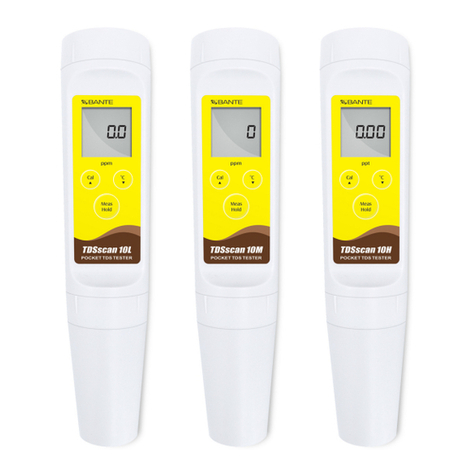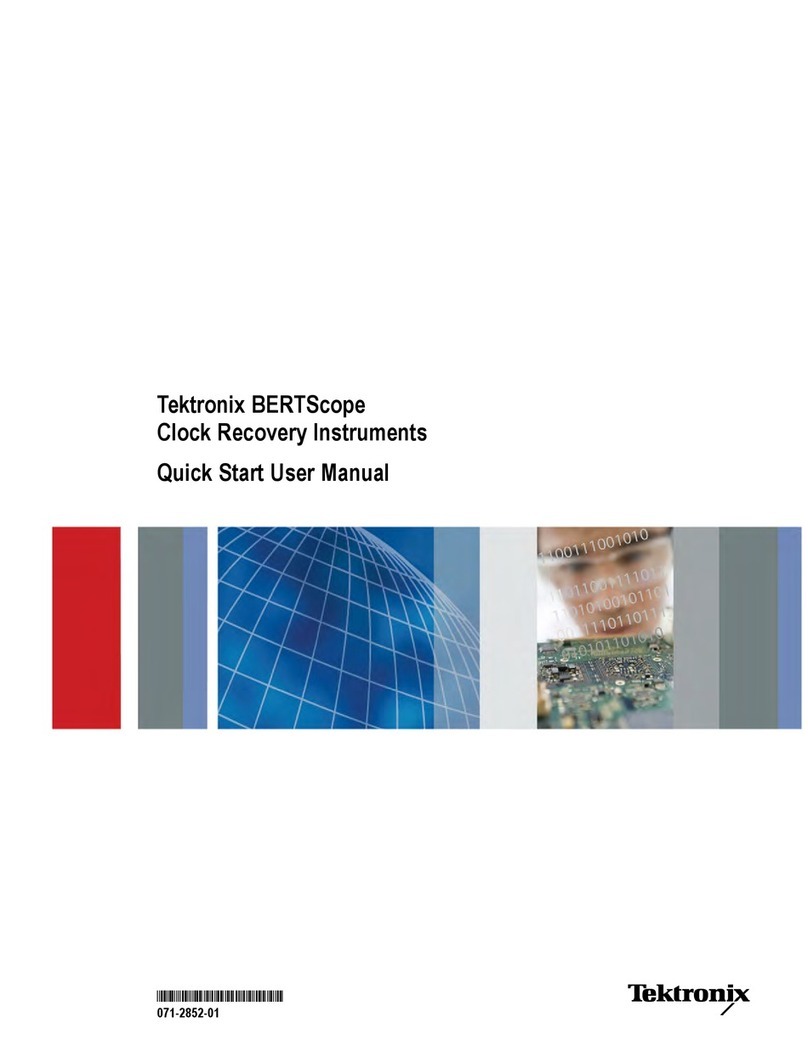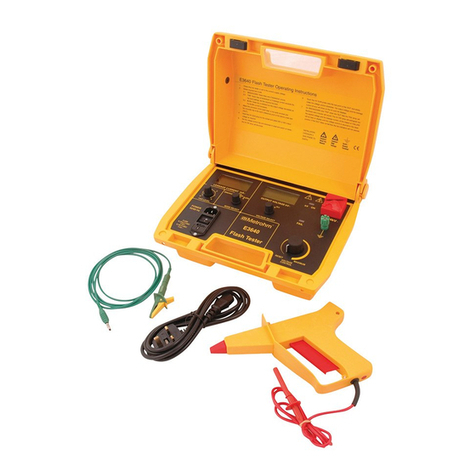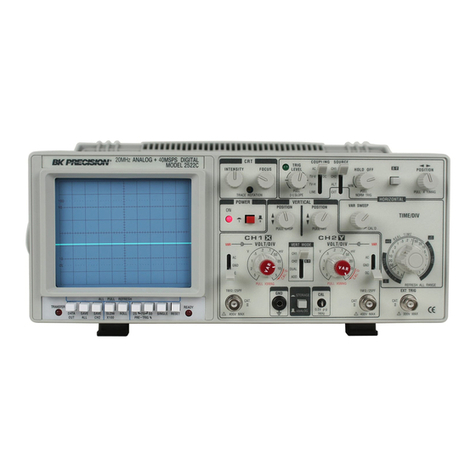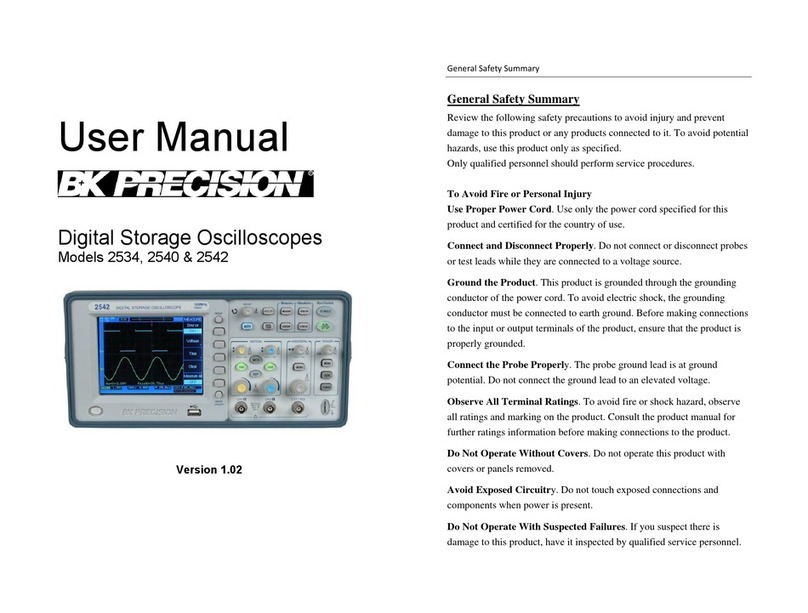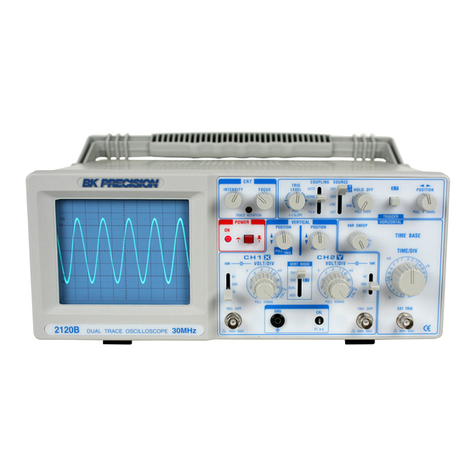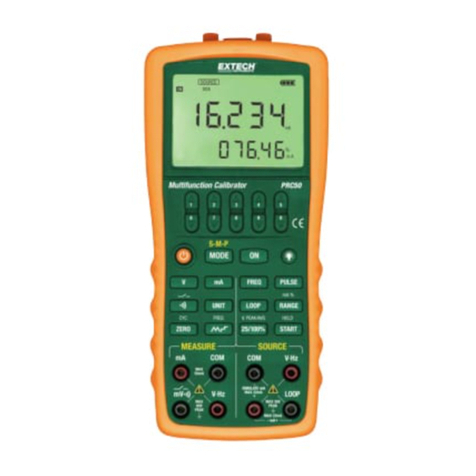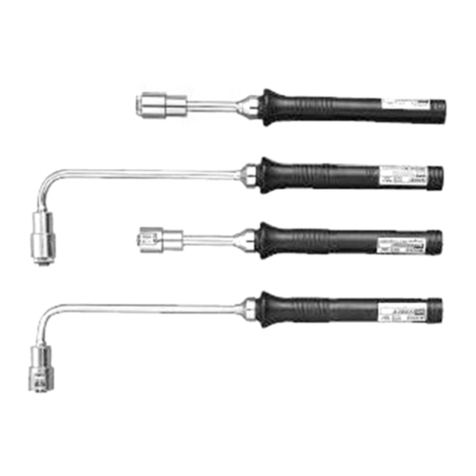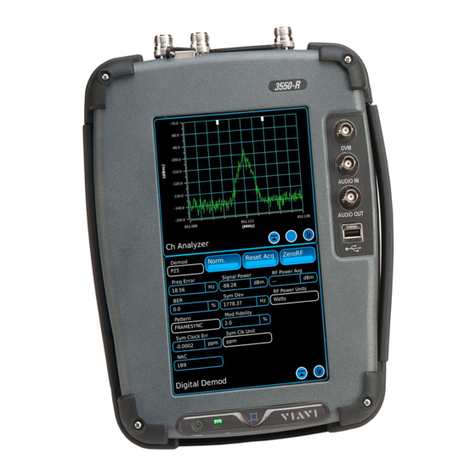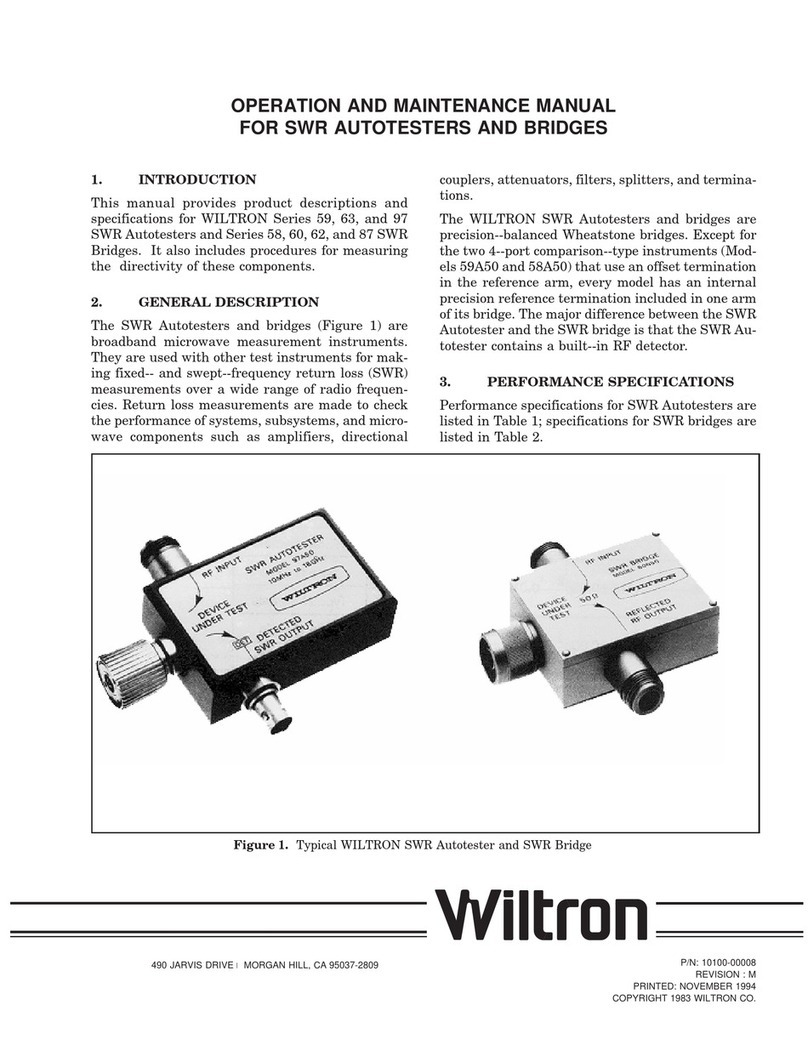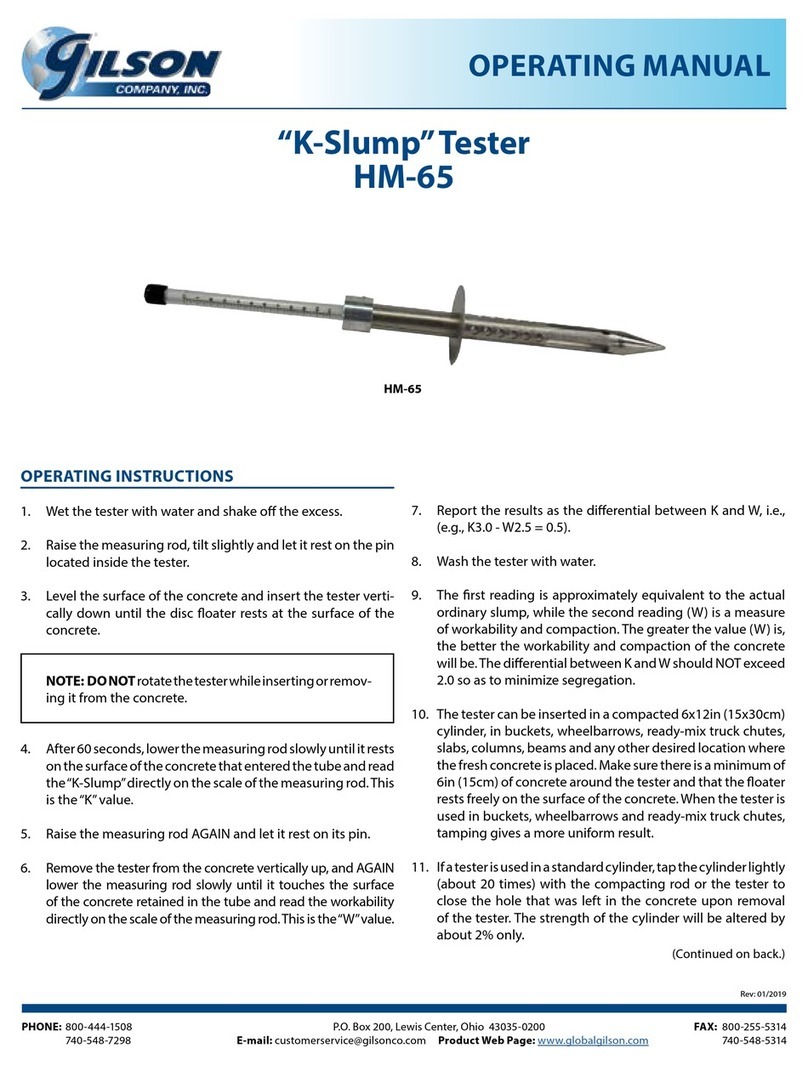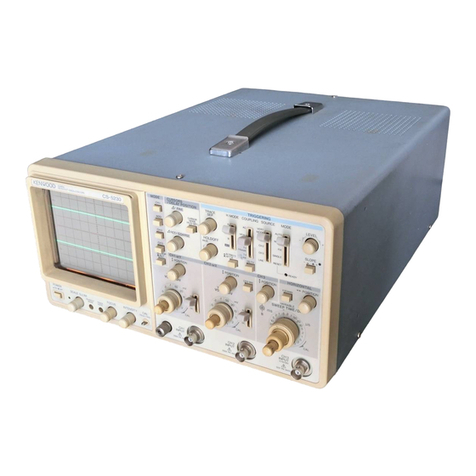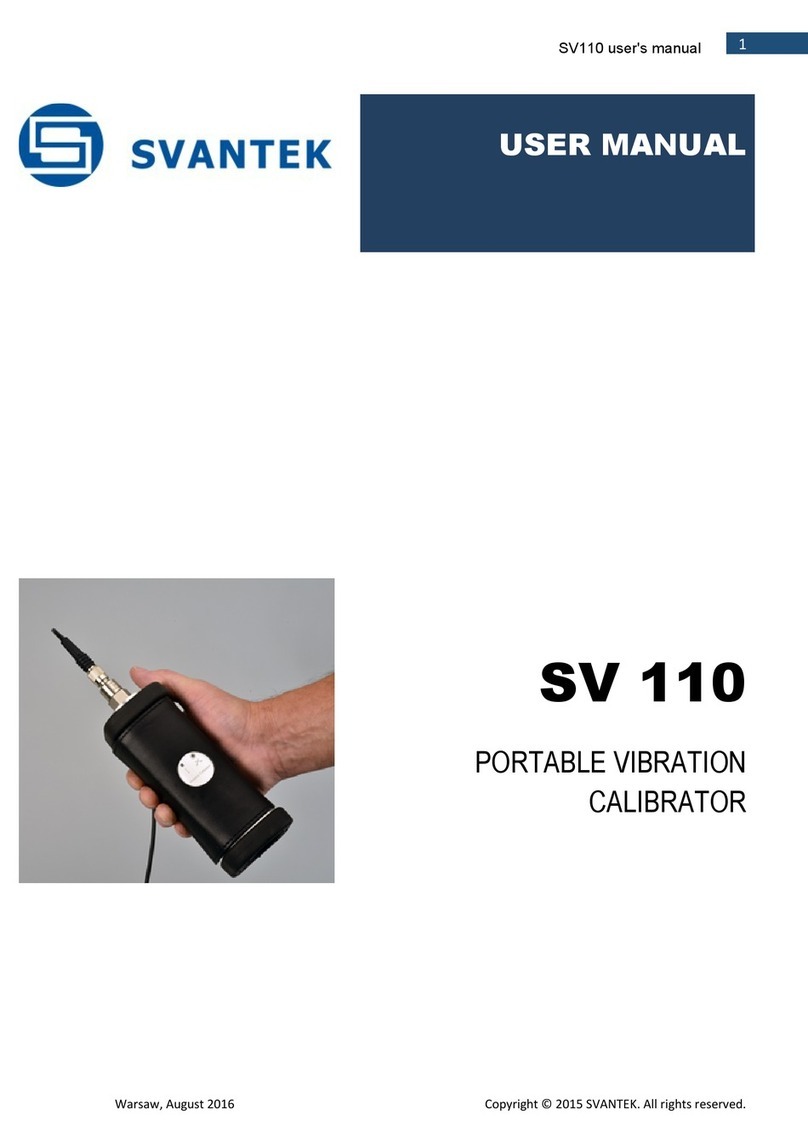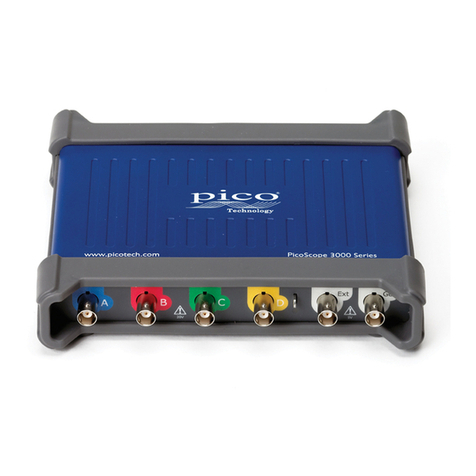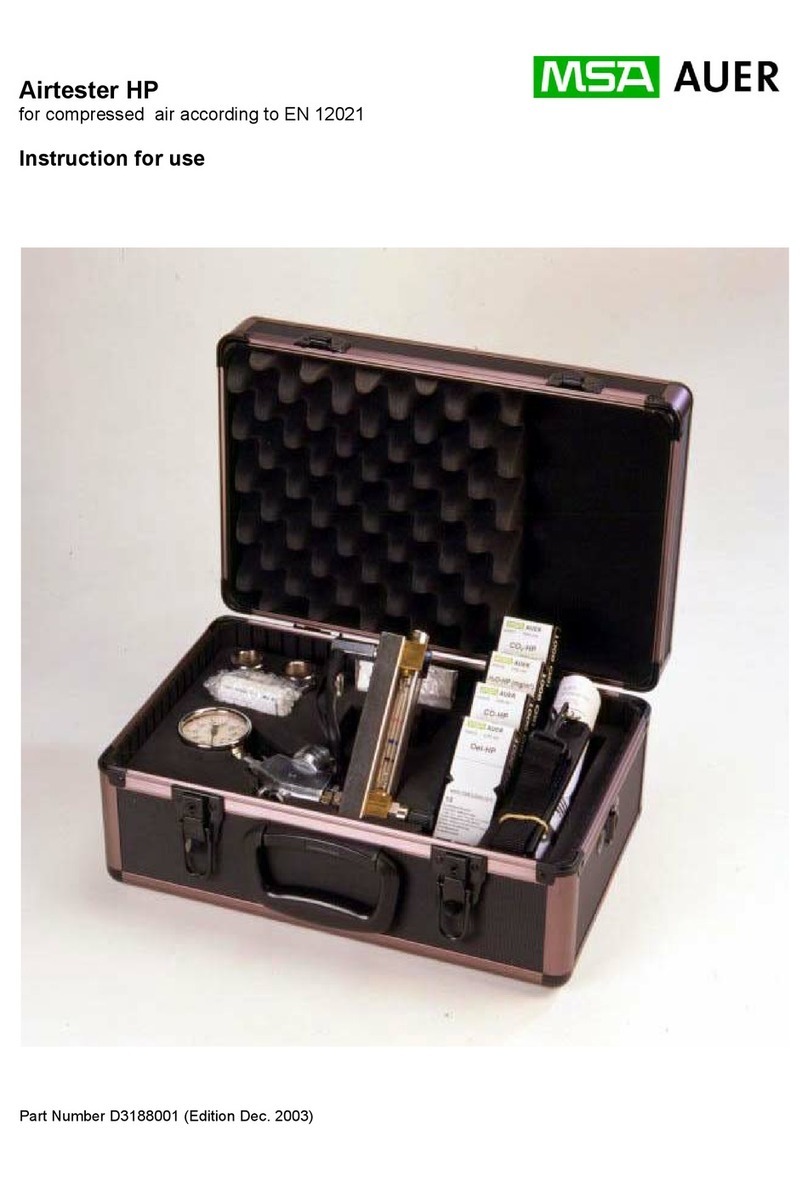TTL/CMOS OUTPUT
The TTL/CMOS output jack provides a fast rise time
square wave output. Either a fixed TTL or a variable CMOS
output level is available. The output is positive with respect
to ground and can be used as an external sync pulse for
oscilloscopes or as a variable frequency signal source for
exercising logic circuits. Because of the fast rise time of
this output, cable length should be minimized to limit
ringing and overshoot.
1. Select the desired frequency range and adjust the
frequency controls as required. The OUTPUT LEVEL
and DC OFFSET controls have no effect on the signal
at the TTL/CMOS jack.
2. When the CMOS LEVEL switch (15) is OFF, a TTL
signal is output at the TTL/CMOS jack. Select a
CMOS signal by engaging the CMOS LEVEL switch
and adjust the level of the signal by rotating the CMOS
LEVEL control (8).
SWEEP OPERATION
3. Select LINEAR sweep by leaving the SWEEP LIN/LOG
switch (13) in the released position or LOG sweep by
engaging the LIN/LOG switch.
4. Set the starting frequency (highest frequency) of the sweep by
adjusting the COARSE frequency control and observing the
counter.
5. Engage the SWEEP EXT/INT switch (12). The duration of
the sweep can be varied by adjusting the SWEEP TIME
control (18). Sweep time is the same whether the sweep is
linear or logarithmic, and is not affected by the sweep width.
1. The end frequency of the sweep (lowest frequency) can be adjusted
by rotating the SWEEP WIDTH control (16). This adjustment
should generally be made after setting the starting frequency,
because it is largely dependent on that setting.
2. The front panel VCG/SWEEP jack (9) provides the internal ramp
signal which can be used as the horizontal deflection signal for an
oscilloscope, to give an X-Y display of signal amplitude vs.
frequency. This method is commonly used when testing the
frequency response of audio equipment or the bandwidth of
amplifiers or other equipment. The response will be displayed high
frequencyto low frequency from left to right on the X-Y display.
If the output of the circuit to be tested is connected to the vertical
scope input, and the SWEEP output to the horizontal, setting the scope
to X-Y mode produces the amplitude vs. frequency plot mentioned
above. However, note that switching to LOG sweep still produces a
linear display on the scope. This is because the horizontal sweeping
signal, the internal log ramp, also becomes logarithmic when the sweep
does. To view a true logarithmic graph, put the scope back in time base
operation and use the Sweep output solely as a scope trigger. Use the
scope's linear time base as a horizontal deflection source.
VOLTAGE CONTROLLED FREQUENCY OPERATION
The Model 4012A can be operated as a voltage-controlled
generator by using an external control voltage applied to the
VCG/SWEEP input jack. The externally applied voltage will vary
the frequency which is preselected by the range switches and the
frequency controls. Applying approximately +l0 V with the
COARSE control at full clockwise decreases the output
frequency by about 100 times (a 100:1 ratio).
1. Select the desired frequency range and waveform.




















